Date and place
- October 30th, 1813 at Hanau, Hesse, Germany, twenty-five kilometers east of Frankfurt-am-Main.
Involved forces
- French army (17,000 men) under Emperor Napoleon I.
- Austrian and Bavarian army (43,000 men) under Field Marshal Karl Philipp Fürst von Wrede.
Casualties and losses
- French army : 2 000 to 3 000 dead or wounded.
- Austrian and Bavarian army : 5 000 killed or injured, almost 5 000 prisoners.
Aerial panorama of the Hanau battlefield
The Battle of Hanau pitted the French army, retreating to the Rhine after the Campaign in Saxony, against an Austrian-Bavarian army blocking its path.
General situation
Following his defeat at Leipzig on October 19, 1813, Napoleon I decided to evacuate Germany in order to reconstitute his forces behind the Rhine
But an Austro-Bavarian army of 43,000 men, commanded by Field Marshal Karl Philipp von Wrede
Von Wrede's troops consisted of an Austrian corps and a Bavarian corps:
- The former, with around 24,000 men and 60 cannons, was under the command of Field Marshal Lieutenant Baron Fresnel (Ferdinand Peter Hennequin de Fresnel und Curel)
Ferdinand Peter Hennequin de Fresnel und Curel . It comprised three divisions, commanded respectively by Generals Bach, Leopold von Trautenberg (or Trauttenberg)Leopold von Trautenberg and Ignaz Pankraz Galeaz Spleny de MiháldyIgnaz Pankraz Galeaz Spleny de Miháldy , the last of which included cavalry and reserve artillery. - The second Corps, numbering around 18,000 soldiers, was led by von Wrede himself. It comprised two divisions, under generals Karl August von Beckers zu Westerstetten
Karl August von Beckers zu Westerstetten and Peter de La MottePeter de La Motte , and a reserve of three cavalry brigades, led by generals Anton Franz von ViereggAnton Franz von Vieregg , Franz Valentin von Elbracht and Karl Philipp von Diez (sometimes spelled Dietz)Karl Philipp von Diez .
Napoleon had around 20,000 men at his disposal. They belonged to:
- the II Corps of Marshal Victor (Claude Victor Perrin), Duke of Bellune
- the V and XI Corps jointly commanded by Marshal Etienne Macdonald, Duke of Taranto
- the II Cavalry Corps of General Horace François Bastien Sébastiani de la Porta
Horace Sébastiani de la Porta - the Imperial Guard: 1st and 2nd infantry divisions of the Old Guard respectively under Louis Friant
Louis Friant and Philibert Jean-Baptiste François CurialPhilibert Jean-Baptiste François Curial , artillery led by Antoine DrouotAntoine Drouot , cavalry led by Etienne Marie Antoine Champion de NansoutyEtienne Marie Antoine Champion de Nansouty .
The rest of the army was respectively a day's march away for Marshal Auguste Louis Viesse de Marmont, Duke of Raguse, at the head of the III and VI corps and the Pierre François Joseph Durutte
While the number of units was respectable, it should be noted that the strength of the regiments making up these units, apart from the guard, was meager.
Preliminaries
Arriving in Hanau
First of all, the infantry relied on a river, the Kinzig
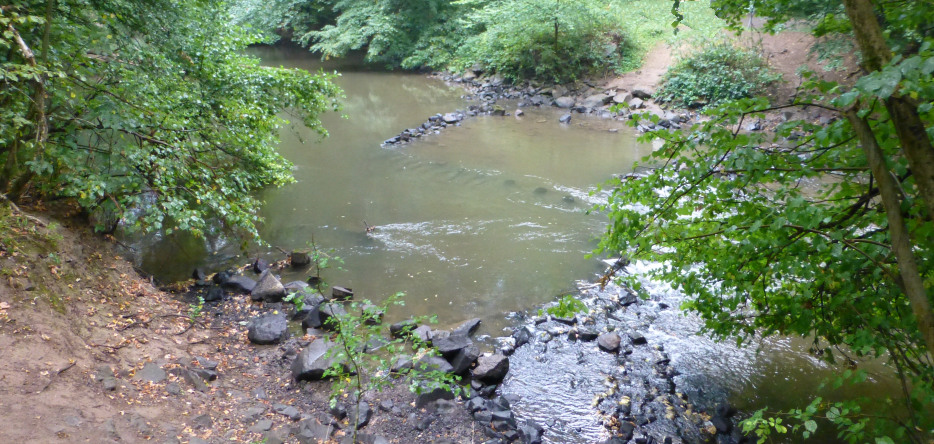
Secondly, Wrede's cavalry was not masked and the troops were too widely dispersed. However, this arrangement can be considered to correspond to the purely defensive objectives pursued.
Moreover, he believed he was dealing with only a fraction of the French forces, and that they were more disorganized than they actually were. Nevertheless, part of his force occupied the town, while the rest covered it from east to north.
His right wing, consisting of the Elbracht brigade and the Trautenberg division, was to the east, on the southern (left) bank of the river Kinzig
Behind it was the Jordis regiment of Austrian infantry; in front, the Szekler hussar regiment and numerous skirmishers, positioned in the Lamboy forest
The center stretched between this bridge and the main road from Gelnhausen to Frankfurt, on which Lamotte's division was leaning, organized in two lines: the first one held by the brigade of Eduard Anton Dioniß Janson von der Stock, the second one by that of Franz Xaver Ferdinand von Deroy. A sixty-gun battery was also installed on this road, the main French retreat route:
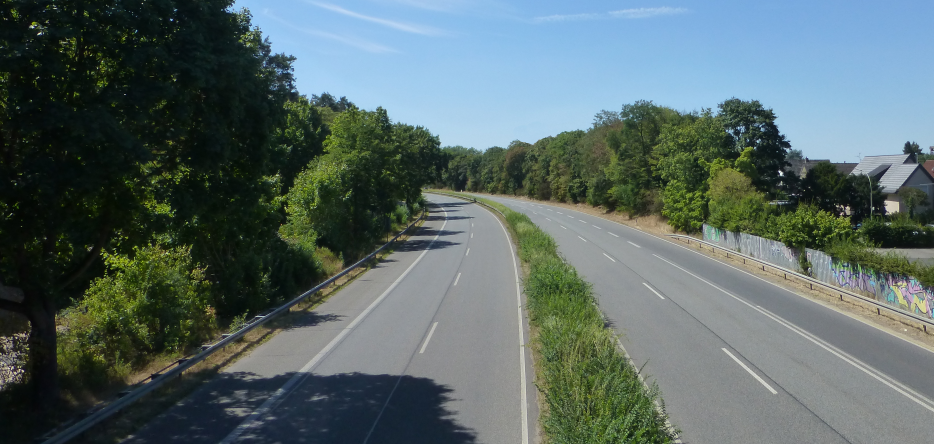
These artillery pieces covered the left, made up of almost all the cavalry, which stood beyond the causeway in three lines.
Further north, the Cossacks of Alexander Ivanovich Czernischew (Александр Иванович Чернышёв)
The town itself was defended by the Austrian grenadier brigade commanded by Karl von Diemar.
Large woods
For his part, Napoleon spent the night of October 29 to 30, 1813 at the Langenselbold castle
Realizing that von Wrede had moved in to intercept him, he secured his baggage by sending it north under the protection of the corps commanded by Jean-Thomas Arrighi de Casanova, Duke of Padua, and then drew up his battle plan:
- The infantry would drive the enemy skirmishers from the Lamboy forest, before the cavalry enveloped the Austro-Bavarians' left wing to push them back to the left bank of the Kinzig, thus freeing the road to Frankfurt.
- The troops would take up the following positions: Victor on the left, supported by the Kinzig, Macdonald in the center, the Old Guard on Macdonald's right (north) and Nansouty's cavalry on the extreme right.
- Charles Lefebvre-Desnouettes' division, detached far to the north, would be the most advanced point of the line
The total length of the front was 1,500 meters (almost a mile).
The battle
On the morning of October 30th, at around 7 or 8 o'clock, Napoleon ordered the attack. Time was of the essence if he was not to let the pursuing Allied troops get too close.
The Lefebvre-Desnouettes division and General Edouard Jean-Baptiste Milhaud
Marshal Victor and his corps moved up the Kinzig river.
Above all, at the head of 3,000 riflemen, Marshal Macdonald and General Henri François Marie Charpentier
General Sébastiani supported the infantry advance with several cavalry charges. Conversely, an attack by French cuirassiers on the large battery failed.
At around noon, the French arrived at the edge of the forest that their opponents had abandoned to join their line.
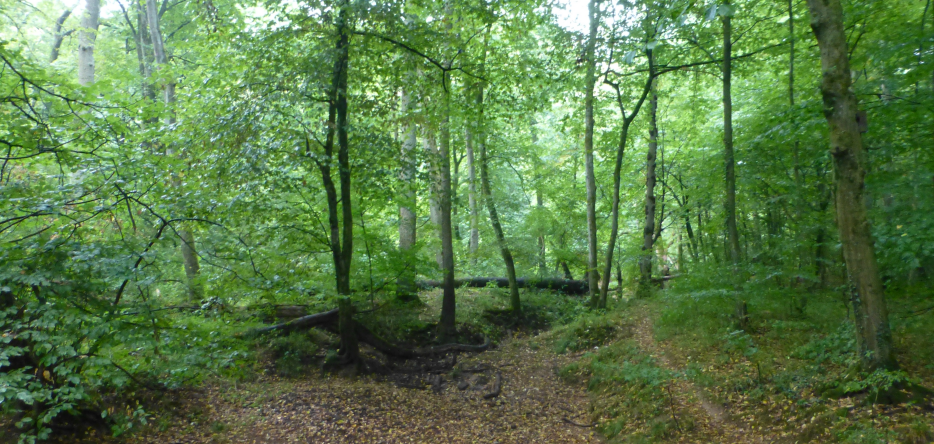
Faced with the bulk of the Austro-Bavarian army, the French riflemen were unable to withstand the intensity of the musketry and artillery fire that greeted them. For several hours, the battle raged between the Lamotte and Charpentier divisions on the one hand, and Becker and Dubreton on the other. Casualties were heavy. But every French attempt to get out of the wood was broken by the Austro-Bavarian cannonade.
At around 3 p.m., Napoleon himself approached the front lines, ignoring the urgings of General Drouot. Despite a deluge of bullets and cannonballs, he intended to examine for himself the enemy's dispositions, which for the moment were holding his troops in check by preventing them from breaking through into open ground.
If General Jean-Jacques Germain Pelet-Clozeau
Drouot reckoned he could get fifty guns through there, which, with the support of two battalions of the Old Guard, would then be able to break the deadlock. Their position would enable them to pour heavy fire on the enemy battery, which had been caught in a sling, while escaping most of the enemy's riposte. Von Wrede would then find himself unable to continue holding the plain.
The Emperor gave his approval to this combination and included it in a new, broader maneuver. The orders were as follows:
- The cavalry of the guard would line up in platoons on the road, with a view to emerging onto the plain at the most opportune moment to sweep away the enemy cavalry and center;
- The infantry of the guard would stand in columns at the edge of the forest, ready to intervene wherever the need arose;
- Lefebvre-Desnouettes would keep an eye on the enemy's extreme left to prevent it from overrunning the French right flank;
- Victor and Macdonald would block any enemy initiative on the French center and left wing.
Little by little, Drouot's artillery deployed as planned and its fifty pieces were installed on each side of the Gelnhausen road, at the edge of the woods. For more than an hour, the French and Austro-Bavarian batteries clashed, until the latter ran out of ammunition. It then retreated through the cavalry which was supporting it.
The latter, in order to conceal this movement, attacked the French battery. 7,000 cavalrymen in a line 400 meters wide, fell on the artillery of the Guard. After a charge of 800 meters, arriving fifty paces from these imperturbable elite soldiers, they suffered a devastating volley of grapeshot. Despite the massacre, a few managed to infiltrate between the French cannons.
To repel them, the mounted guards had to come to the aid of the artillerymen. Nansouty and Sébastiani in turn charged with the cuirassier division of General Antoine Louis Decrest de Saint-Germain, the dragoons of the Empress and the horse grenadiers of General Frédéric Henri Walther
The Austro-Bavarian cavalry retreated behind the Friedberg road
Drouot, for his part, took advantage of the circumstances to advance his cannons 400 meters and fire grapeshot at the troops facing him. An attempt to return by the Austro-Bavarian cavalry was once again annihilated by that of the guard.
The situation left von Wrede with no other choice but to retreat. He therefore decided to withdraw his forces behind the Kinzig and to do everything not to cede the town of Hanau in order to continue to threaten the road to Frankfurt.
To enable this movement, the Beckers and Bach divisions advance on the skirmishers of Macdonald and Victor. These weakened under the impact, but two infantry battalions of the Old Guard sent by Napoleon under the command of Friant restored the situation and stopped the enemy near the village of Neuhoff
Meanwhile, the rest of the Austro-Bavarians continued their retreat. The left wing crossed Hanau, entering via the bridge over the Kinzig to the west of the town
In addition, this withdrawal taking place in contact with the French, hundreds of Austro-Bavarian infantrymen, unable to use either the Hanau or Lamboy bridges, tried to cross the river at the Herrnmühle mill lock
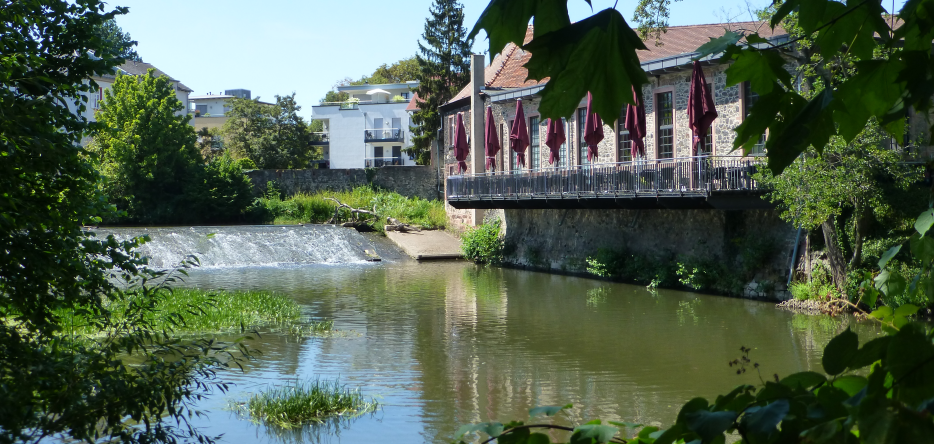
The terrain was now clear on the right bank of the Kinzig. A few Frenchmen tried to cross the Lamboy bridge, but were met by battery fire and gave up. Fighting ceased at this point. It was about 6 p.m.
The retreat has cost Wrede dearly. The Austrian Jordis regiment, for example, was all but wiped out.
The French were controlling the right bank of the Kingzig, the road to Frankfurt by Exelmans and the road to Friedberg by Lefebvre-Desnouettes. Napoleon set up his bivouac on the western edge of the Lamboy forest
The Austro-Bavarian army regrouped near the village of Lehrhof [this village no longer exists as such], while continuing to hold the town of Hanau and guarding the Lamboy bridge with the Klenau brigade.
In the evening, Marmont and the remnants of the III and VI Corps arrived. Napoleon instructed them to seize the town of Hanau in order to remove the threat to his line of retreat posed by the Austrian Diemar brigade.
At around 2 a.m. on October 31, 1813, Marmont ordered the town to be cannoned, and tasked the Charrière brigade with the assault. It was a failure. Marmont settled for bombardment. The fire it caused decided the Diemar brigade to withdraw. It left the city through the Nuremberg Gate [Nürnberger Tor, no longer in existence], to the south of the city, to rally the rest of the Allied troops towards Lehrhof. The remnants of Marmont's VI Corps and Bertrand's IV Corps occupied Hanau later that morning.
On the same day (or the following day, according to other sources), von Wrede tried unsuccessfully to retake the town, sustaining a serious wound to the lower abdomen.
Results
The coalition army lost almost 5,000 men, killed and wounded, plus almost as many prisoners.
The French lost only 2-3,000 men during the battle, but almost 10,000 of their stragglers fell to the enemy between October 28 and 31.
Consequences
Although the Allies had succeeded in cutting off his line of retreat, his clear victory allowed Napoleon to continue on his way, having hardly been hindered in his march. By October 31, he was in Frankfurt, 35 kilometers from Mainz, the French rear base, where he entered the following November 2 after having crossed the Rhine.
For the Allies, this was a clear failure: they had not succeeded in intercepting Napoleon's retreat. However, from a strictly Bavarian point of view, the defeat was a lesser evil. The most important thing for the kingdom was to demonstrate militarily its recent switch to the Allied camp, which had only taken place on October 8, and in which von Wrede seems to have played a leading role.
Map of the battle of Hanau, October 30th, 1813
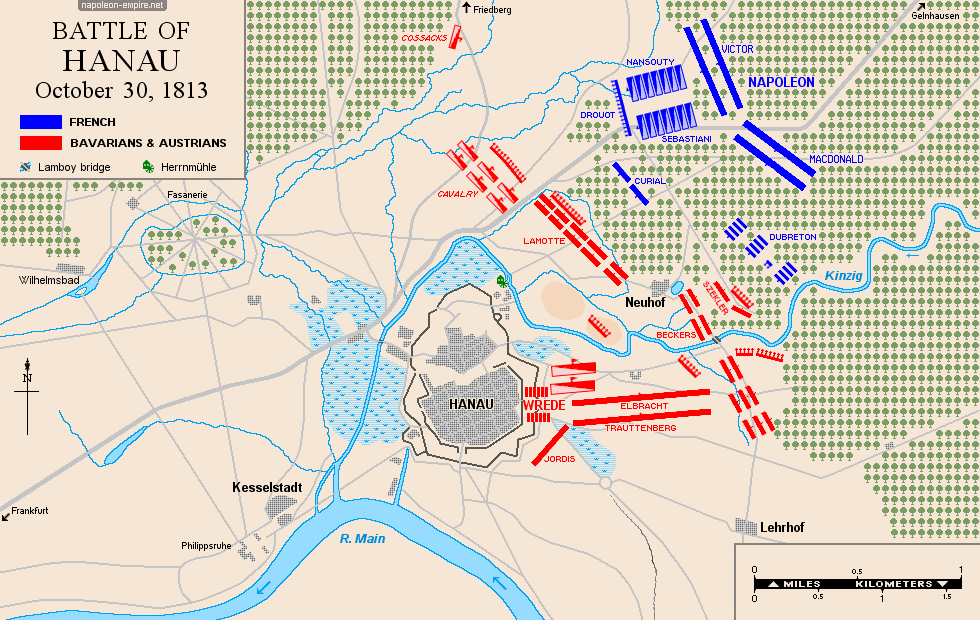
Picture - "Schlacht bei Hanau". Painted 1814 by Wilhelm von Kobell.
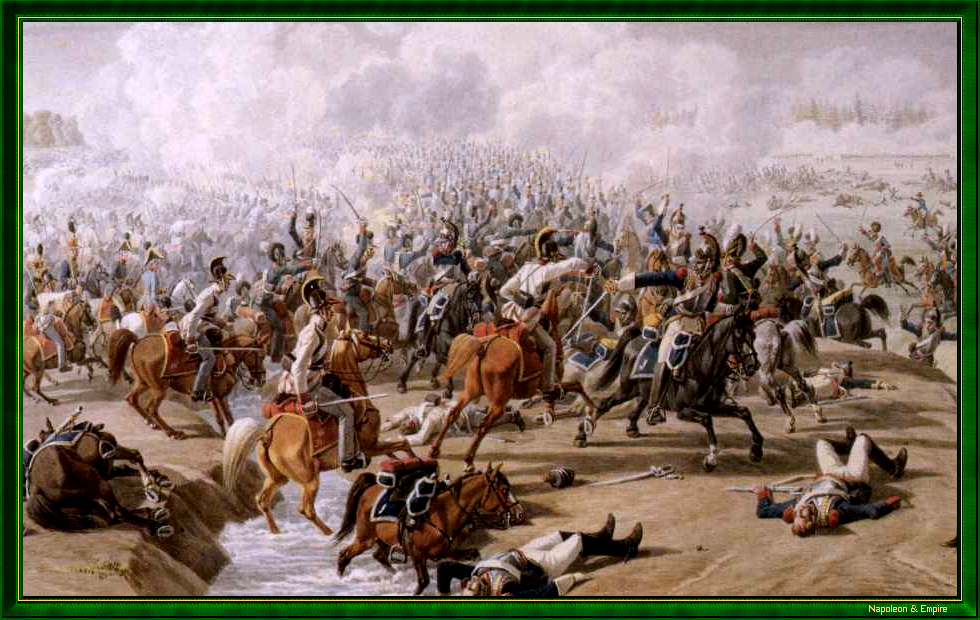
After examining von Wrede's dispositions at Hanau, Napoleon was quoted as saying: Poor von Wrede, I could make him a count, but I couldn't make him a general
. Von Wrede had in fact received the title of Count of the French Empire after the Battle of Wagram. He had fought in the army of the Kingdom of Bavaria, France's ally from September 28, 1805 to October 8, 1813.
Ludwig van Beethoven's 7th Symphony was premiered on December 8, 1813 at a benefit concert for Austrian soldiers wounded at the Battle of Hanau.